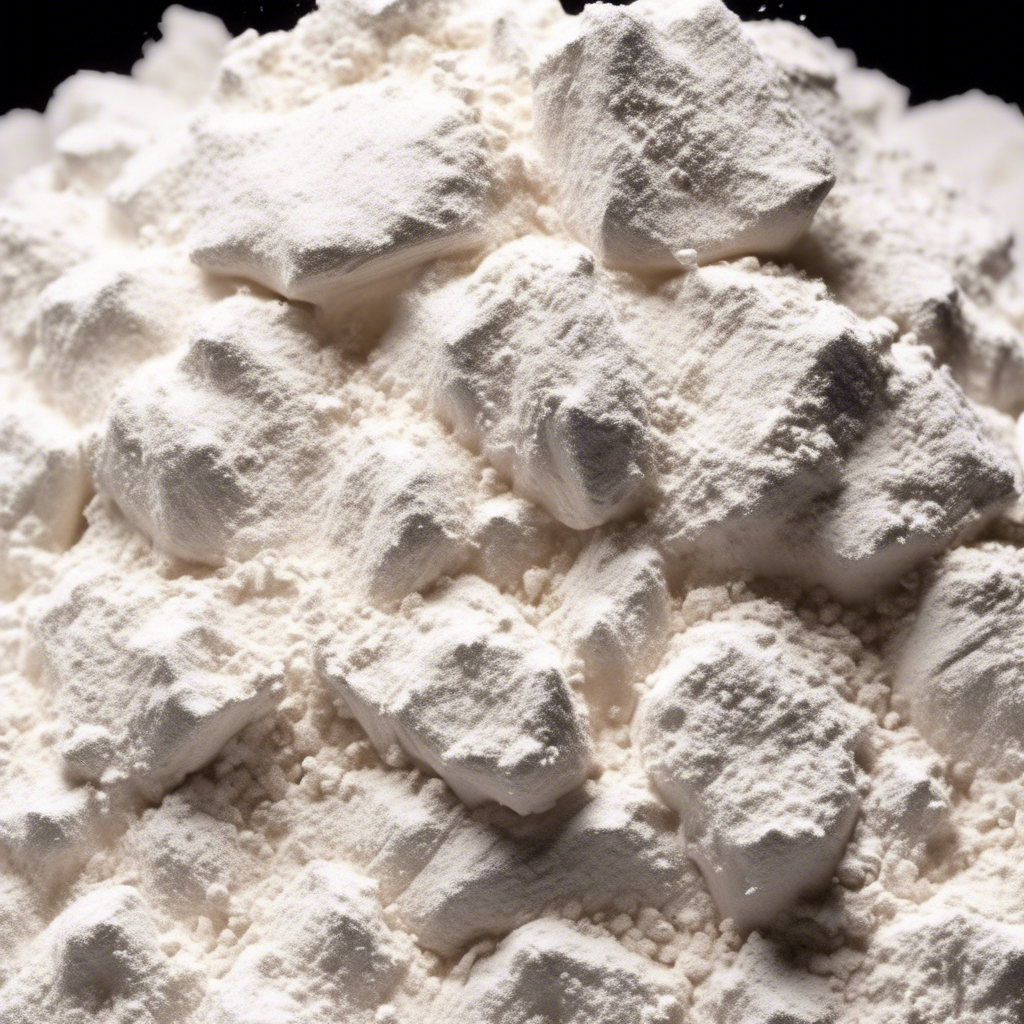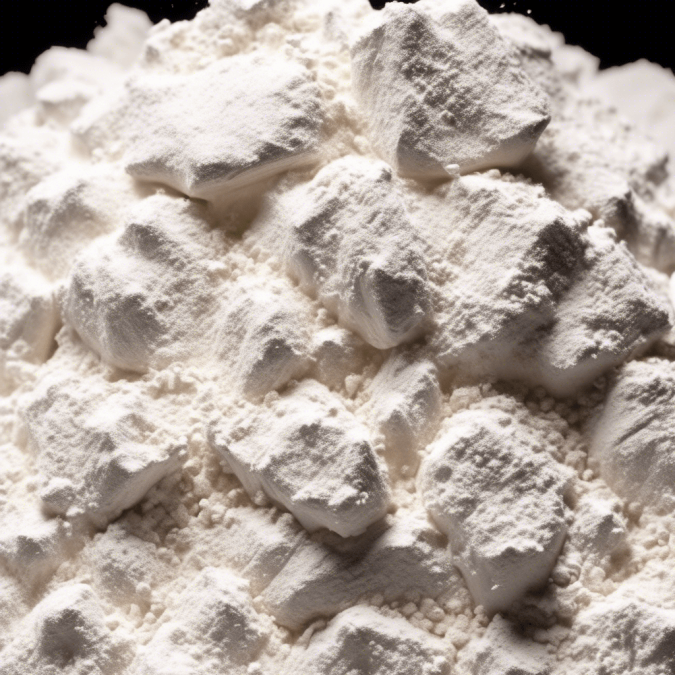
The discovery of cocaine is a fascinating and complex tale that spans centuries and continents. The history of this powerful drug is filled with intrigue, danger, and tragedy, as well as moments of scientific achievement and innovation. From its origins in South America to its widespread use and abuse around the world, cocaine has had a profound impact on people’s lives and society as a whole.
Cocaine is derived from the coca plant, which has been used by indigenous populations in South America for thousands of years for its stimulating effects. The coca plant grows primarily in the Andean region, where it has been cultivated and harvested for generations. The leaves of the coca plant contain a number of alkaloids, including cocaine, which can be extracted and processed into a potent stimulant.
The discovery of cocaine as a powerful drug occurred in the mid-19th century, when German chemist Albert Niemann isolated the active ingredient from coca leaves and named it “cocaine”. Niemann’s discovery sparked a wave of interest in the substance among scientists, physicians, and the general public. Cocaine was initially touted as a wonder drug, capable of treating a variety of ailments, including fatigue, depression, and even addiction to other substances.
However, it soon became clear that cocaine had a dark side as well. The drug’s powerful stimulant effects could be highly addictive, leading to widespread abuse and dependence. By the late 19th century, cocaine was being used recreationally in various forms, including as a powder that could be snorted or dissolved in water and injected. Its popularity only increased in the early 20th century, when it was included in a number of over-the-counter remedies and tonics.
The impact of cocaine on people’s lives during this time was profound. While some users claimed that the drug enhanced their creativity, energy, and sense of well-being, others experienced negative side effects, including insomnia, paranoia, and violent behavior. Cocaine abuse also became increasingly associated with crime and violence, as addicts resorted to desperate measures to obtain the drug.
Despite these risks, cocaine remained popular throughout the 20th century, particularly among celebrities, artists, and musicians. The drug featured prominently in popular culture, appearing in books, movies, and music that glamorized its use. In the 1980s and 1990s, cocaine reached new levels of popularity, becoming known as a “party drug” that was associated with wealth, excess, and celebrity.
Throughout this period, efforts were made to control the production, distribution, and use of cocaine. The United Nations and various governments around the world implemented policies aimed at reducing the availability of cocaine and cracking down on drug trafficking organizations. However, these efforts have had limited success, as cocaine continues to be widely available on the black market and remains a significant public health concern.
In recent years, there has been a growing recognition of the need to address the root causes of drug abuse and addiction, including poverty, trauma, and lack of access to education and healthcare. Governments, non-profit organizations, and communities have implemented a range of initiatives aimed at preventing drug abuse, providing treatment and support for those struggling with addiction, and reducing the harm caused by drugs like cocaine.
The discovery of cocaine and its subsequent impact on people’s lives and society serves as a cautionary tale about the dangers of substance abuse and addiction. While cocaine may have once been heralded as a miracle drug, its negative consequences have been far-reaching and devastating. By learning from the history of cocaine, we can better understand the complex factors that contribute to drug abuse and addiction, and work towards creating a healthier, more compassionate society for all.
